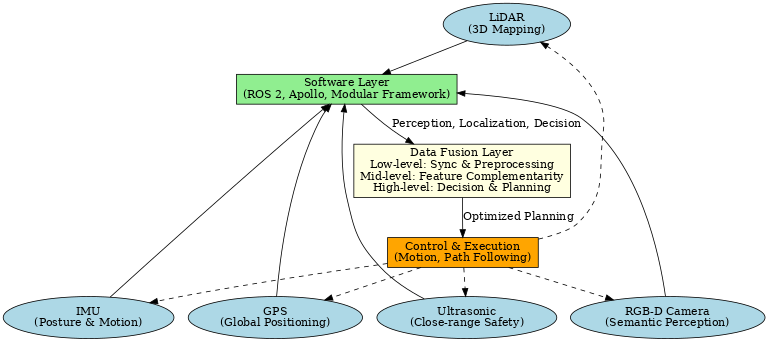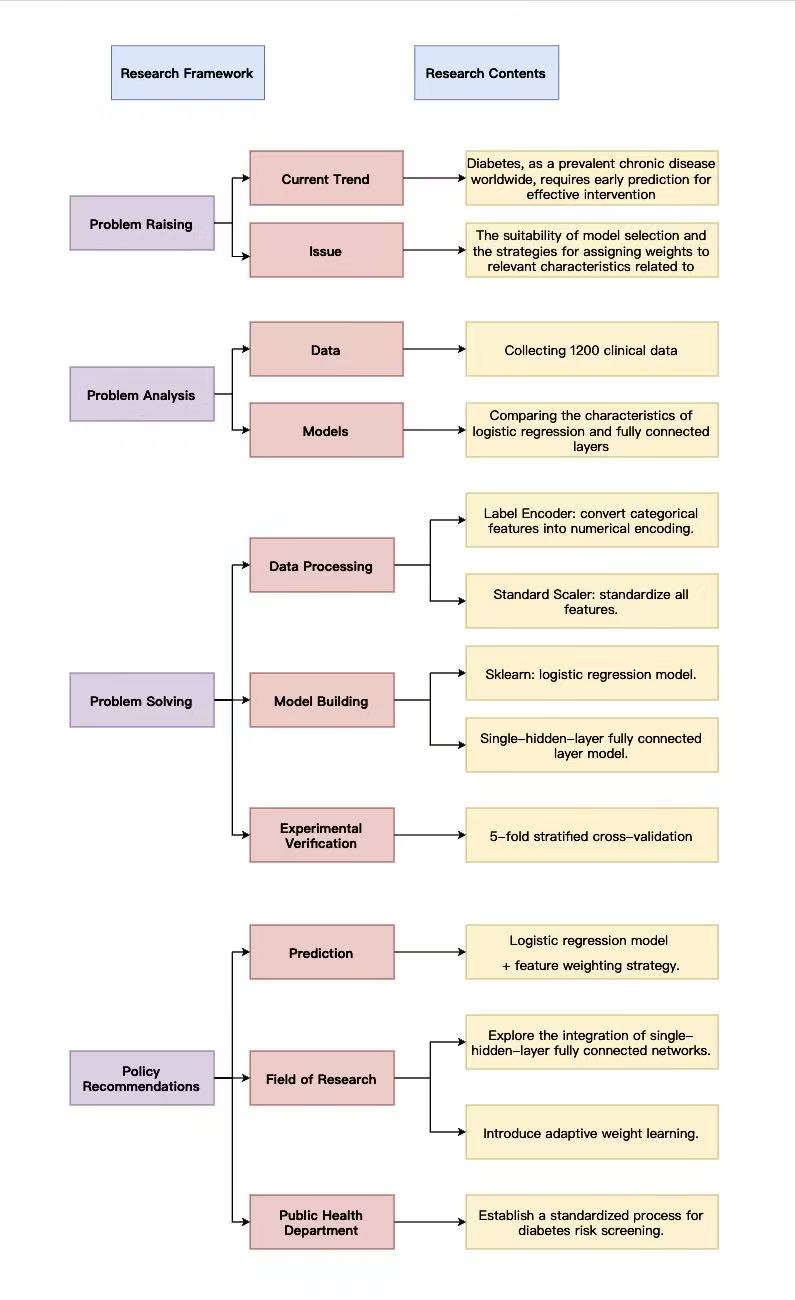

Volume 204
Published on November 2025Volume title: Proceedings of CONF-MLA 2025 Symposium: Intelligent Systems and Automation: AI Models, IoT, and Robotic Algorithms
In recent years, algorithms in the field of computer vision have been continuously innovated and promoted, and the progress of small object detection has become a key task in the development of this field. However, compared with the detection of medium and large targets, factors such as background interference can easily interfere with the detection of small targets with smaller pixel coverage areas, making progress more difficult. In recent years, researchers have proposed various methods to address these challenges, and the three most representative frameworks are algorithms developed using YOLO, Transformer, and Diffusion models. This article provides a detailed overview and comparison of three models. The YOLO based method is superior in improving real-time detection through multi-scale feature enhancement, structural optimization, and adjusting the loss function. Based on the Transformer, the accuracy and precision of identifying small targets are improved by adjusting the mechanism, using a hybrid structure and multimodal feature fusion. And researchers will adjust the diffusion process, involving the construction of diffusion bounding boxes and diffusion engines, to enable the application of diffusion model algorithms. Finally, this article summarizes the advantages and limitations of these methods and discusses potential future research directions. The significance of this study lies in providing a unified overview of the three main research paradigms, helping researchers understand current progress, identify existing challenges, and explore new possibilities for advancing small object detection.

 View pdf
View pdf


As the information society enters the era of big data, data has become a crucial production factor driving industrial innovation and upgrading. As a key component of traditional manufacturing and consumer electronics, the camera industry has faced multiple challenges in recent years, including the widespread adoption of smartphones, diversified consumer demand, and global supply chain fluctuations. Against this backdrop, leveraging data science to realize accurate user insights, efficient product iteration, and flexible operational management has become a core concern for both academia and industry. Research indicates that the application of data science in the imaging and camera fields encompasses multiple areas, including analyzing user profiles, upgrading products, and improving resource allocation efficiency in the face of fierce competition. This paper systematically reviews existing research in the camera field using case studies and literature reviews, exploring the value realization mechanisms of data science in the camera industry and providing insights for the industry's intelligent transformation.

 View pdf
View pdf



The rapid growth of the food delivery industry has intensified the “last mile” challenge, where efficiency and safety remain bottlenecks. Single-sensor navigation methods, such as GPS, cameras, or LiDAR alone, often fail in dynamic urban environments due to signal drift, poor lighting, or adverse weather. This study proposes a multi-sensor fusion navigation model integrating LiDAR, RGB-D cameras, GPS, IMUs, and ultrasonic sensors to achieve complementary perception. The model employs a layered framework: low-level data fusion for synchronization and correction, mid-level feature fusion for semantic–geometric alignment, and high-level decision fusion for path planning and behavior prediction. The purpose of this research is to evaluate the feasibility of applying multi-sensor fusion to food delivery robots. Nevertheless, the analysis relies heavily on simulations and benchmark datasets, without fully considering long-term costs, hardware durability, or user acceptance. Future research should include large-scale field trials, interdisciplinary cost–benefit evaluations, and advances in lightweight fusion algorithms to enable scalable deployment in real-world delivery environments.

 View pdf
View pdf



Diabetes is one of the most common diseases that targets the elderly population worldwide. Therefore, early prediction is of crucial significance for intervention treatment. This study focuses on two models: logistic regression and fully connected layers. For the task of predicting diabetes incidence, it compares the impact of having or not having a feature weight strategy on the model's accuracy. The experiment was characterized by clinical physiological indicators, and two types of models were constructed, respectively: a logistic regression model with weights and a model with average weights. The accuracy was evaluated through 5-fold cross-validation. The results show that due to the linear nature of the task, the prediction accuracy of logistic regression is superior to that of the fully connected layer. Moreover, for all model types, the weight strategy can significantly improve the accuracy. This study provides practical references for model selection and feature engineering in diabetes prediction and also offers a theoretical basis for the adaptability of models and weight mechanisms in linear tasks.

 View pdf
View pdf


With the development and progress of science and technology, facial recognition has become an important research direction in the field of computer science and has been widely applied in areas such as identity verification and security. This paper systematically reviews traditional and emerging face recognition methods, covering classic algorithms such as two-dimensional principal component analysis (2DPCA), as well as the rapidly developing deep learning techniques in recent years. Among them, the face recognition method based on deep convolutional neural networks has significantly improved the recognition accuracy and robustness compared with the original two-dimensional principal component analysis algorithm. For complex scenarios such as occlusion, illumination changes and posture differences,this paper introduces an improved method based on attention mechanism, generative adversarial network, and 3D point features. These approaches significantly enhance recognition accuracy in challenging scenarios, particularly in occluded settings such as wearing masks, and under special conditions including weak lighting.In addition, this paper summarizes the bottlenecks in the current research status and points out the future development directions and trends.

 View pdf
View pdf




